The 4 versions above
original Revision 1
Revision 2 Revision 3
1) Do I crop off the bottom of the image. My initial thought was to clean up the busy street and signage. But also thought that when cropped it lost a little sense of the vertical nature of the hallway. I looked at also cropping the sides a bit to make more vertical, but thought the fire escape ladders and smaller portion of building added to the sense of the "older" building, and a diminishing horizon going back to the tower. (Rev.1)
2) As far as the masking exercise I thought to try and make the old building back in time a bit. I tried sepia, but thought the grayscale felt better. I also worked on the highlights and shoadows to try and bring out the texture of the windows. Does that concept come through between the old and new? (Rev.2)
3) When I lost the color from the older buildings, I also lost the sense of depth between the two different building on the left. So I thought to highlight the back building somewhat with highlighting it, so it might come across at a different building, rather than blending together when it had the same exposure as the front building. (Rev.3)
Just wanted to see what others may think about the thought process, and the direction I was heading. I realize that my cropping may not be the best, but as I first try, the image gave me something to work with for a purpose.

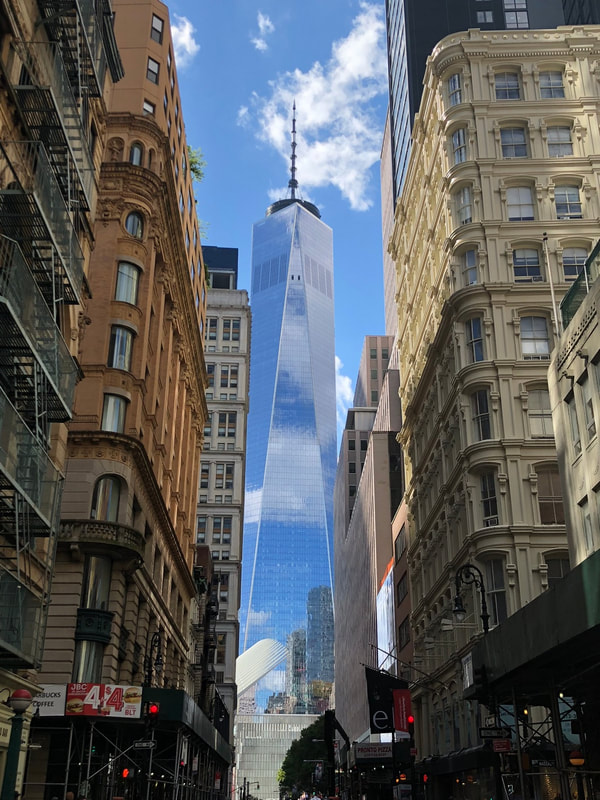
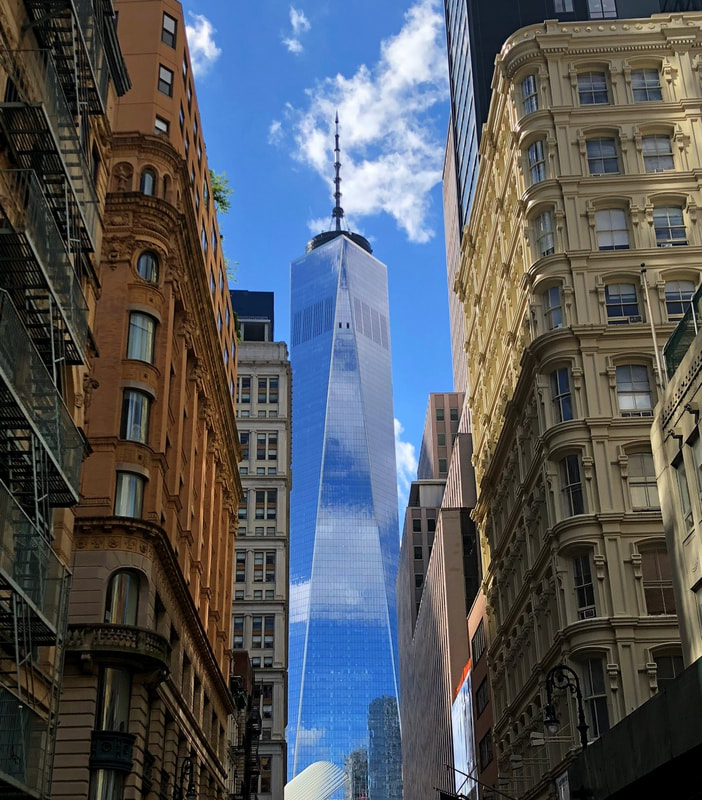
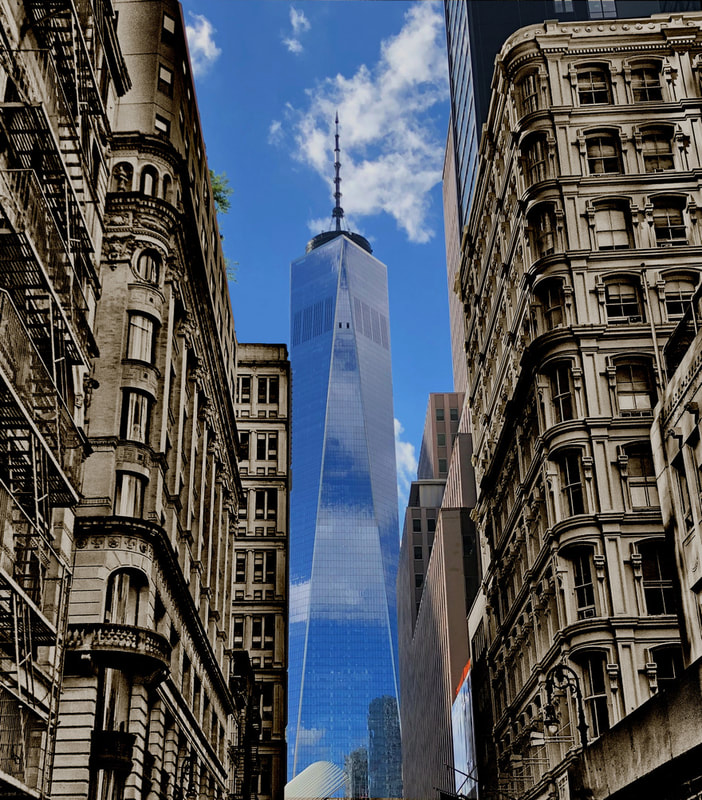
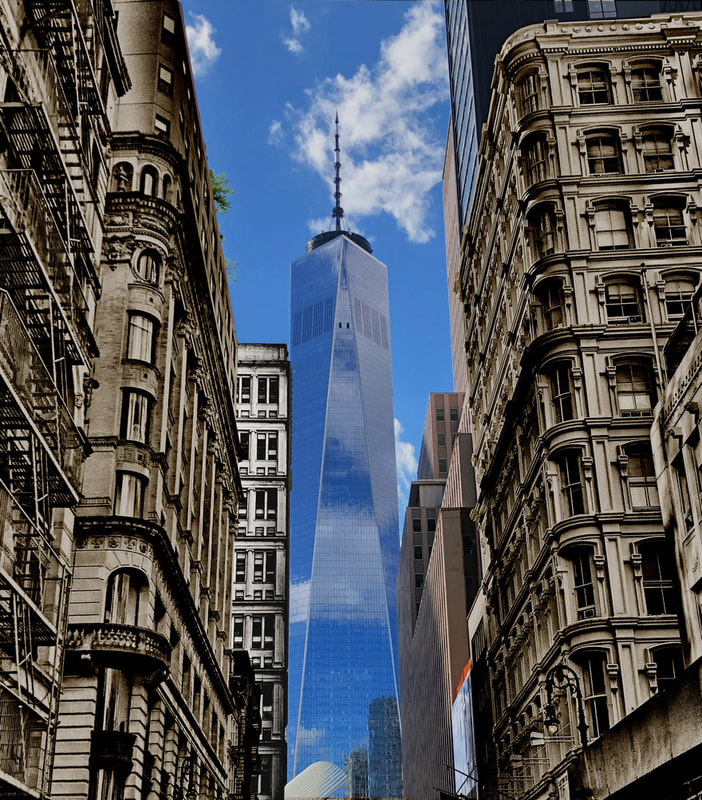
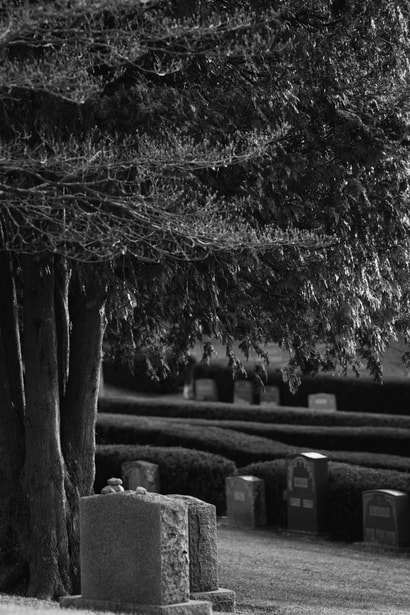
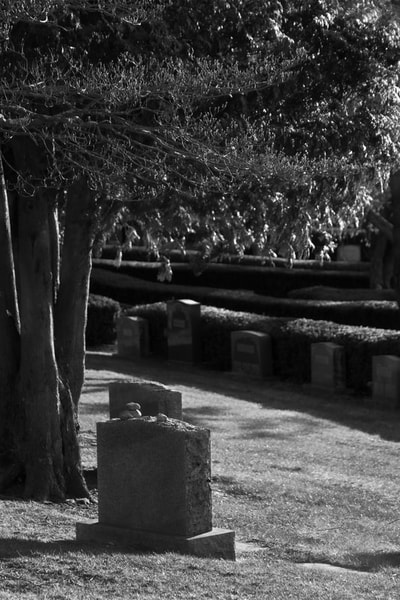
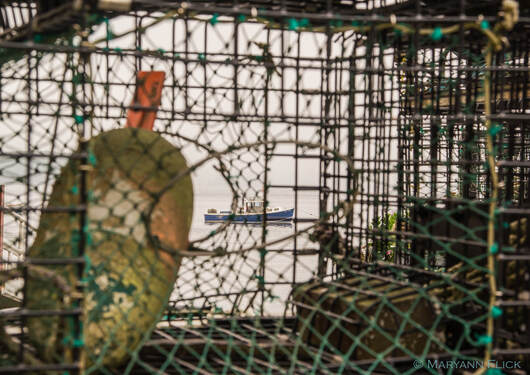
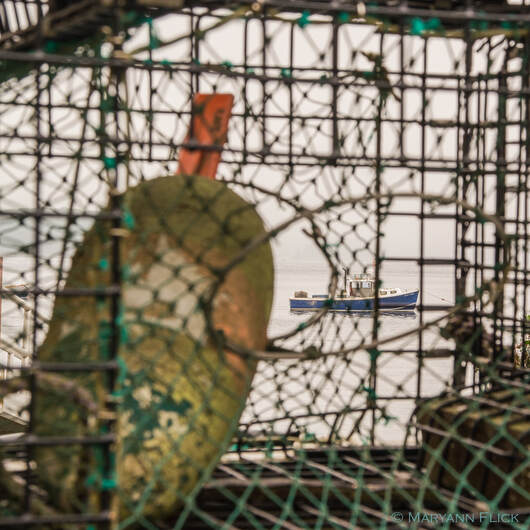
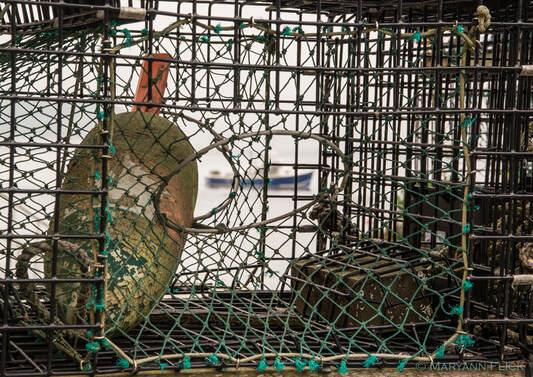
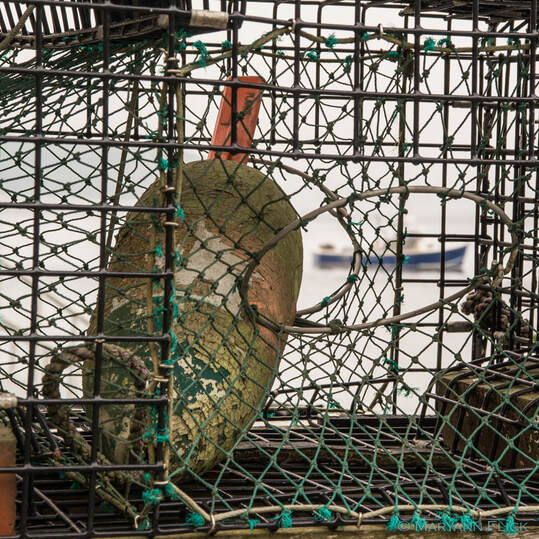
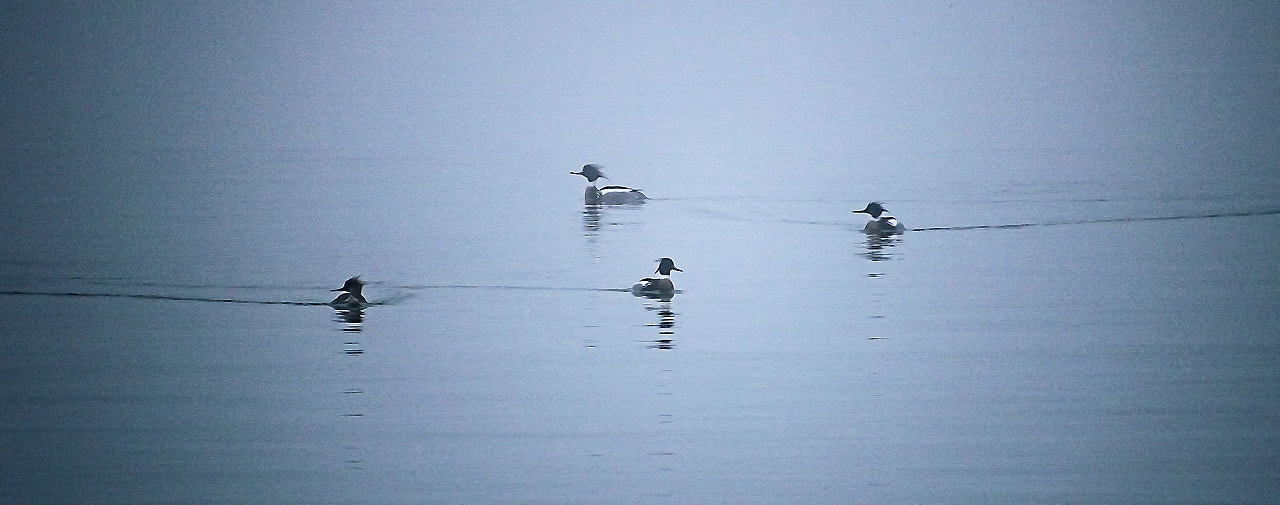

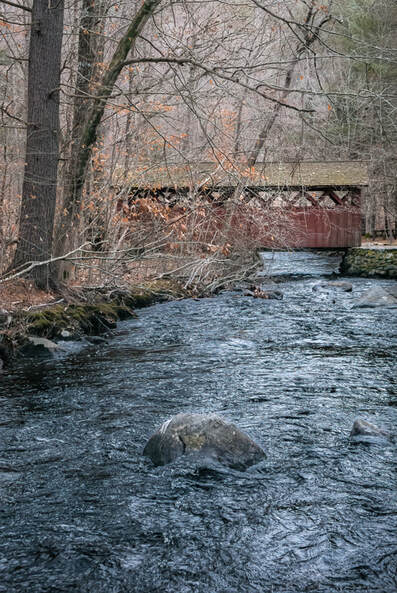
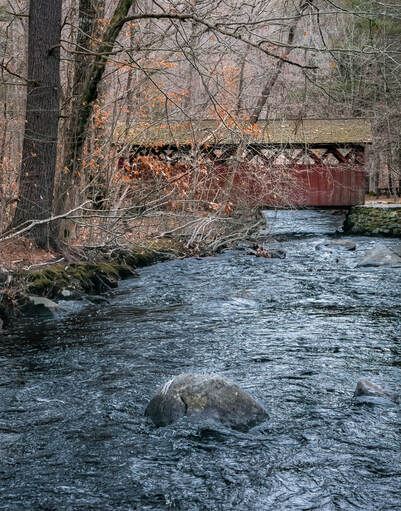
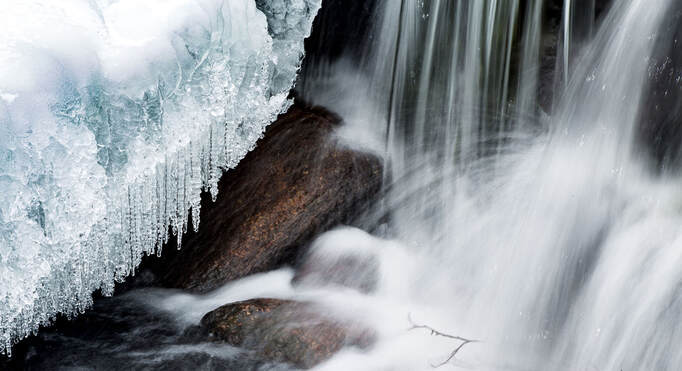
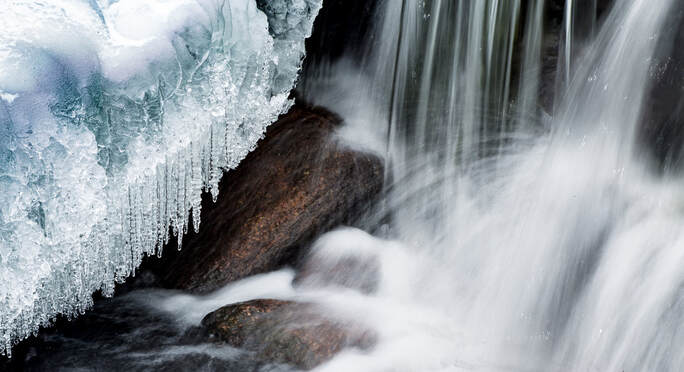
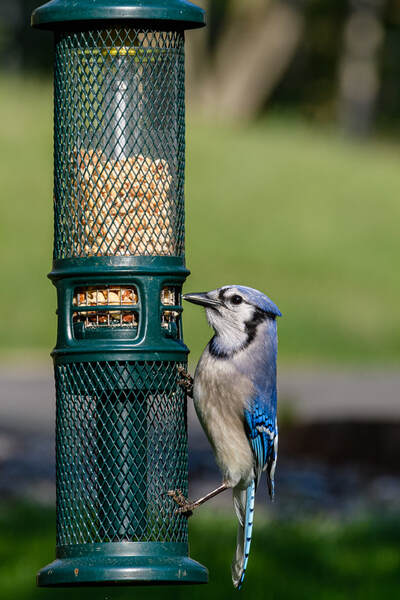
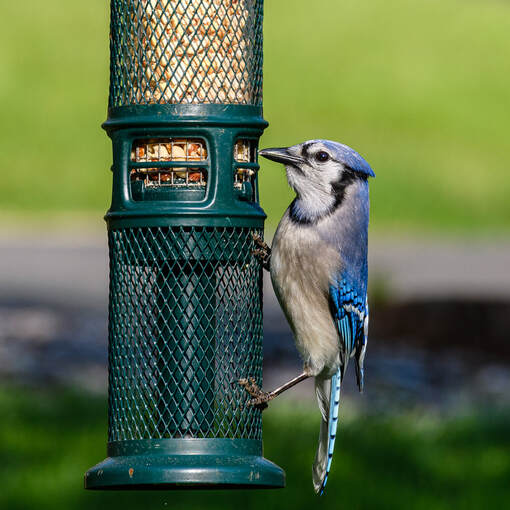
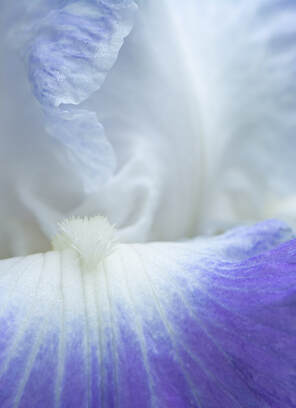
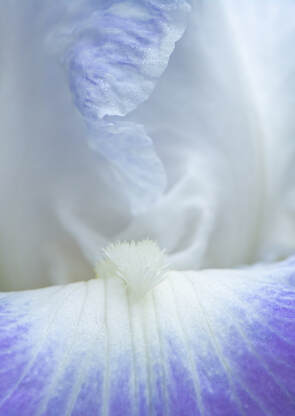
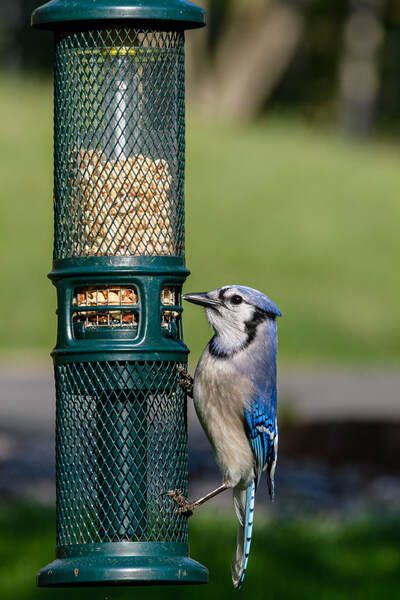
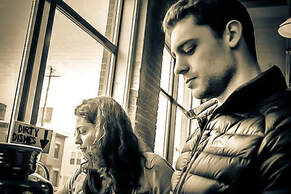
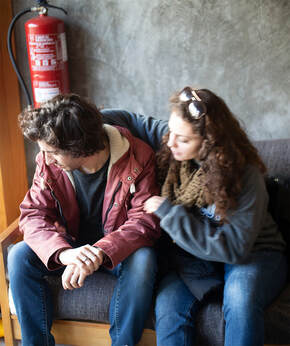
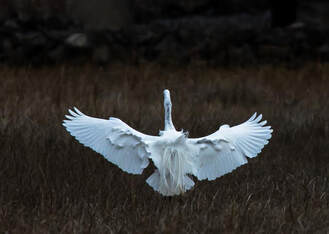
 RSS Feed
RSS Feed